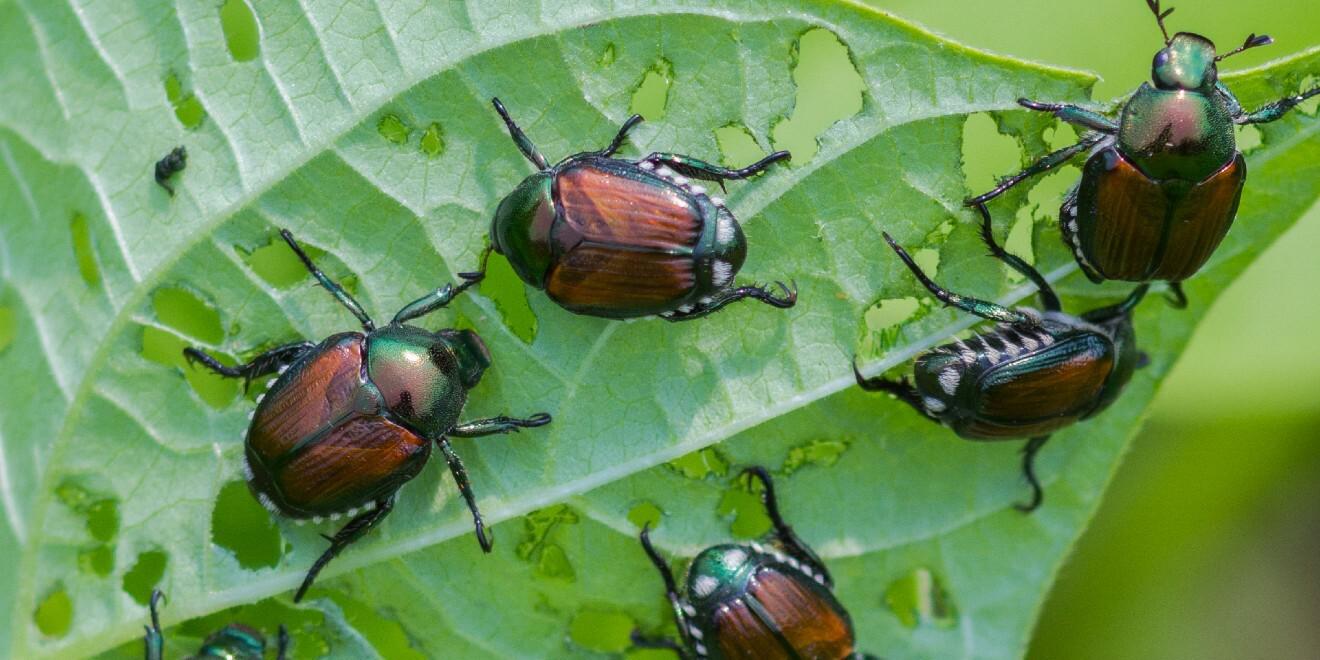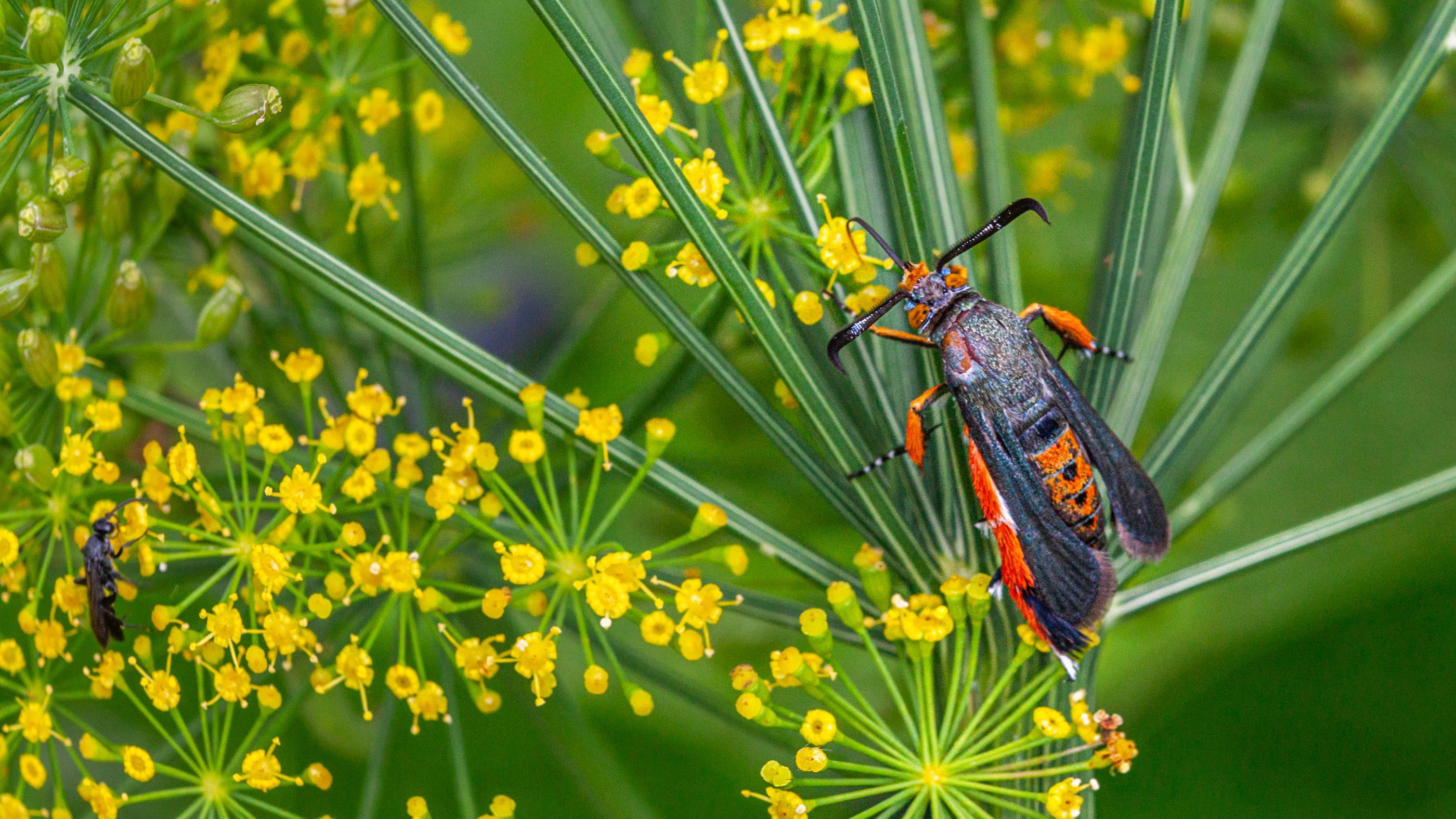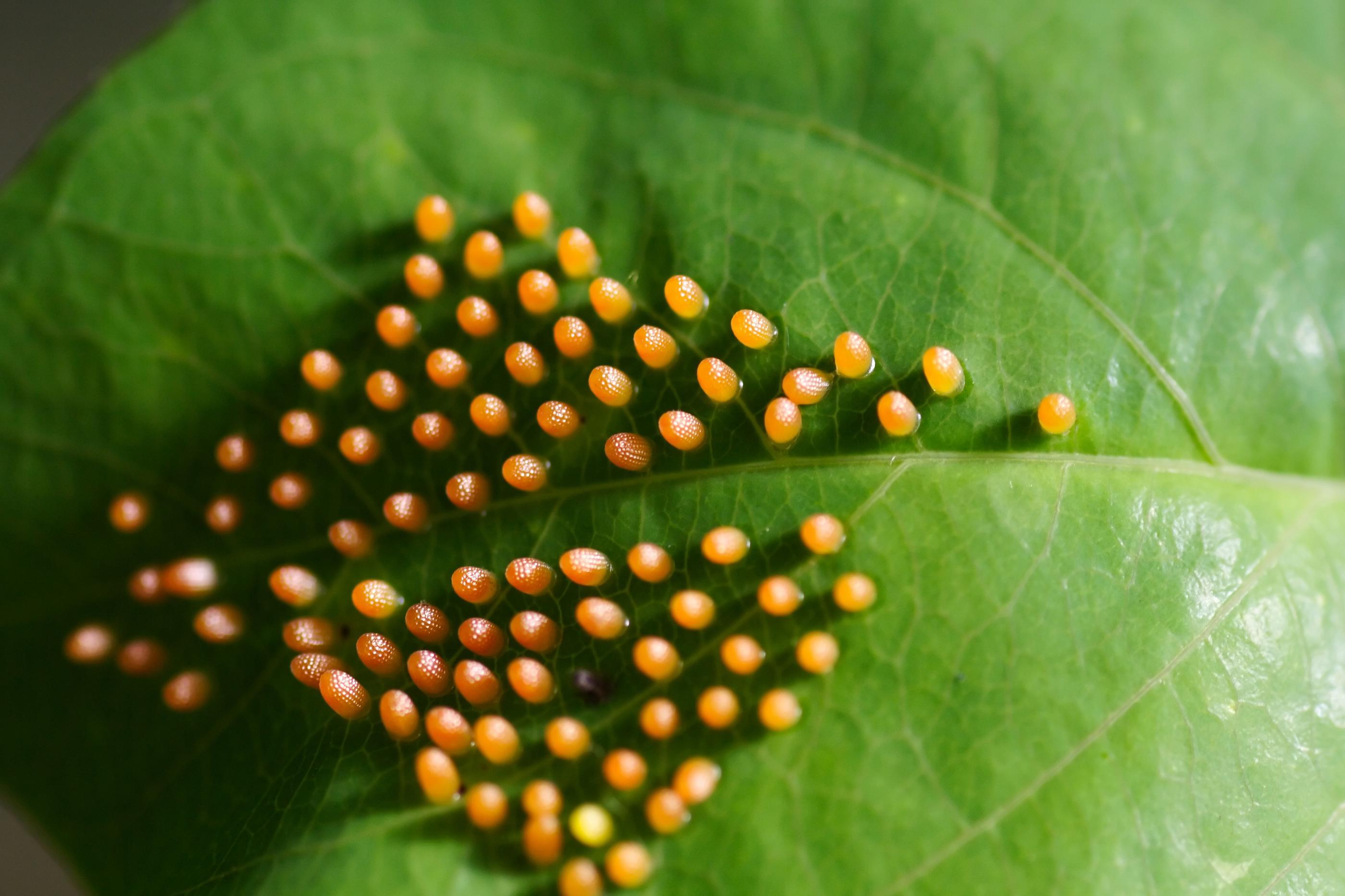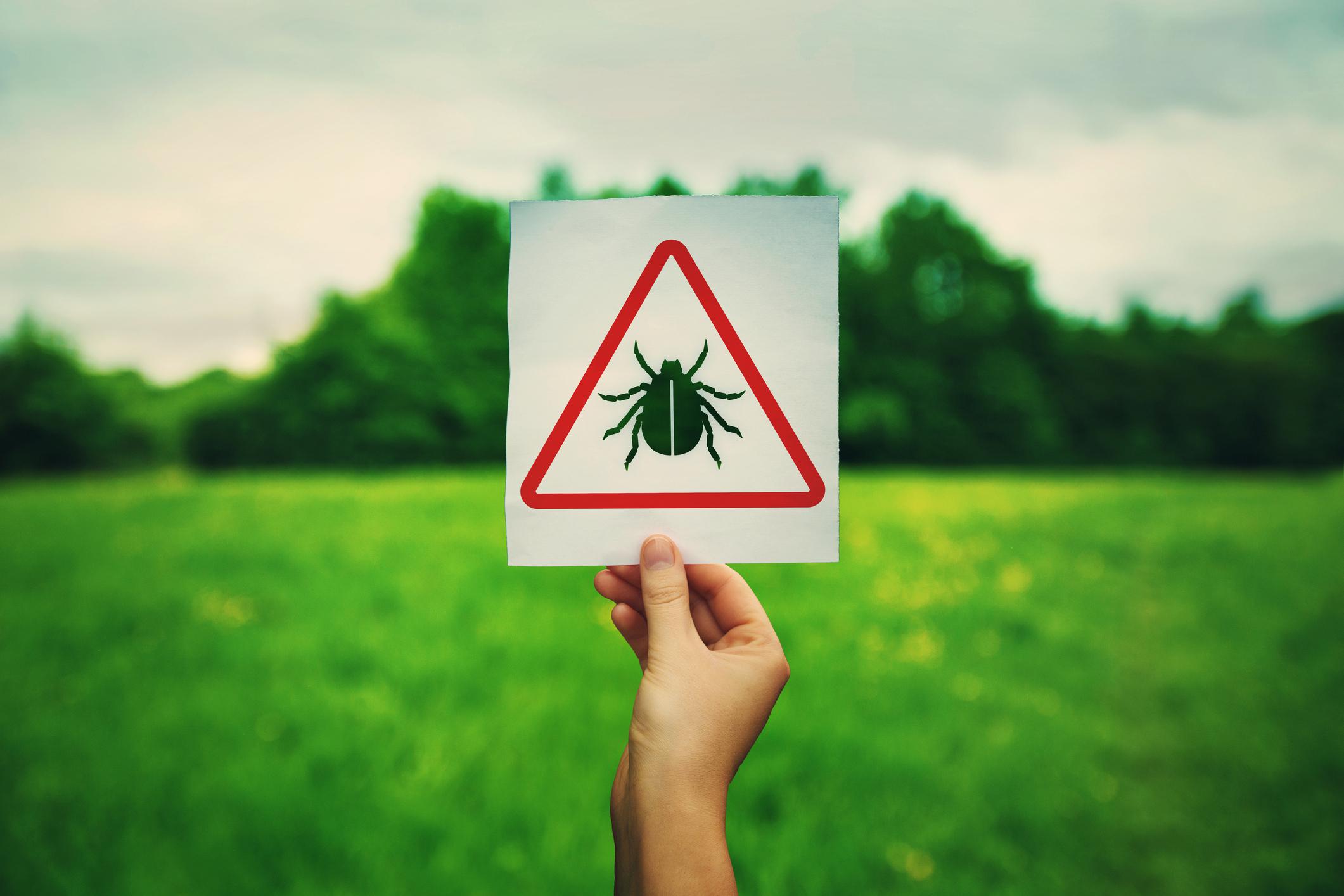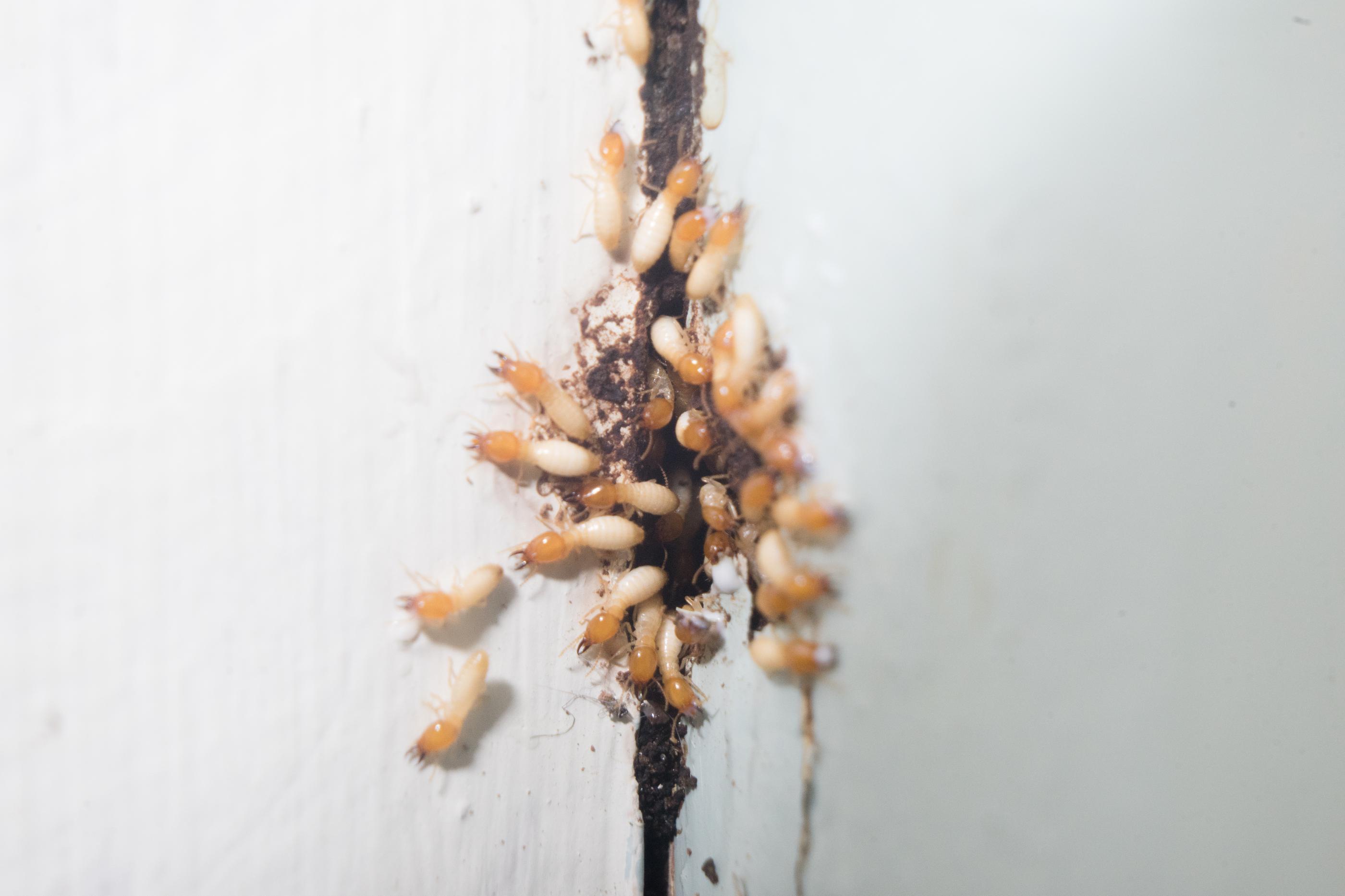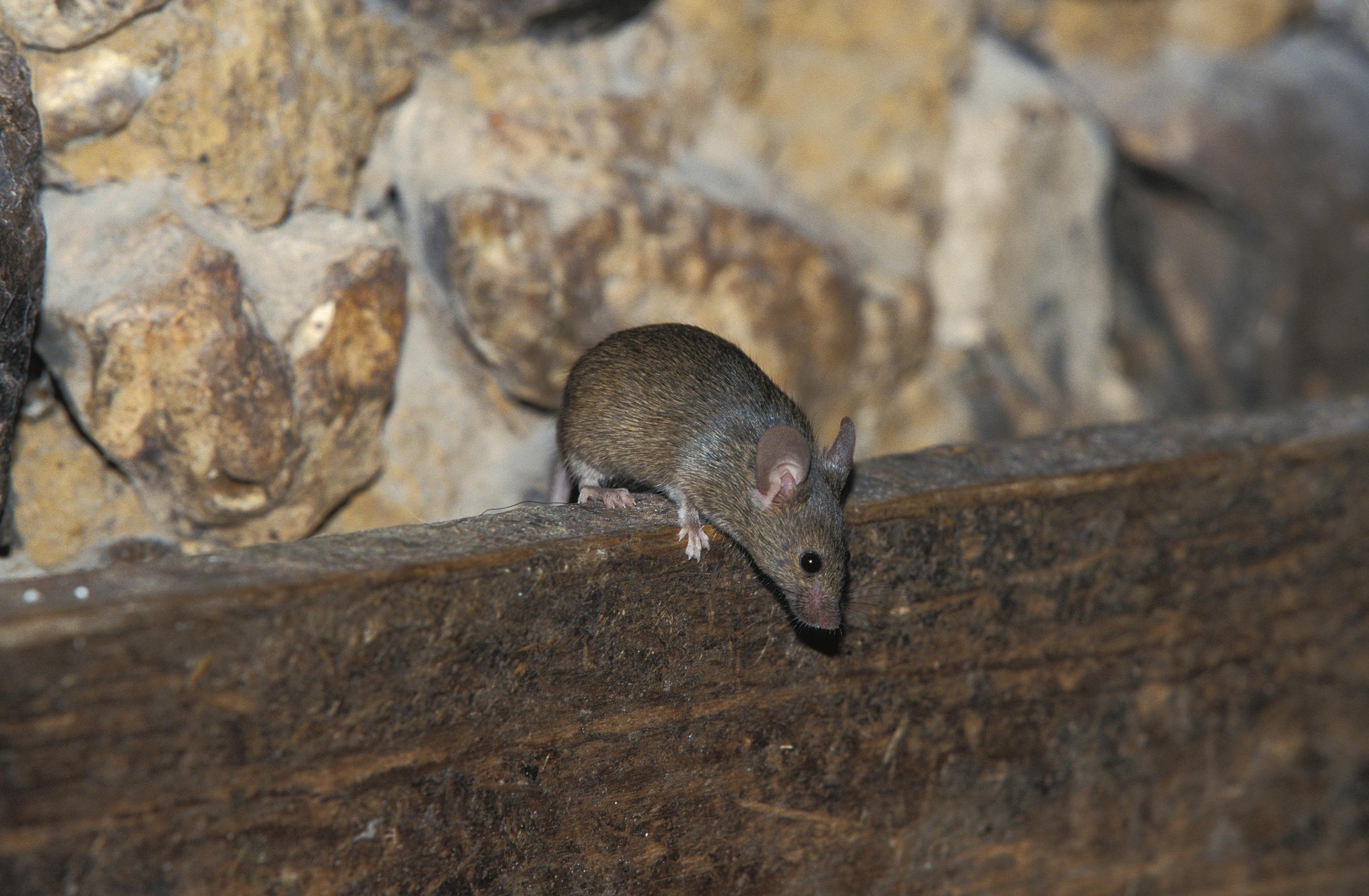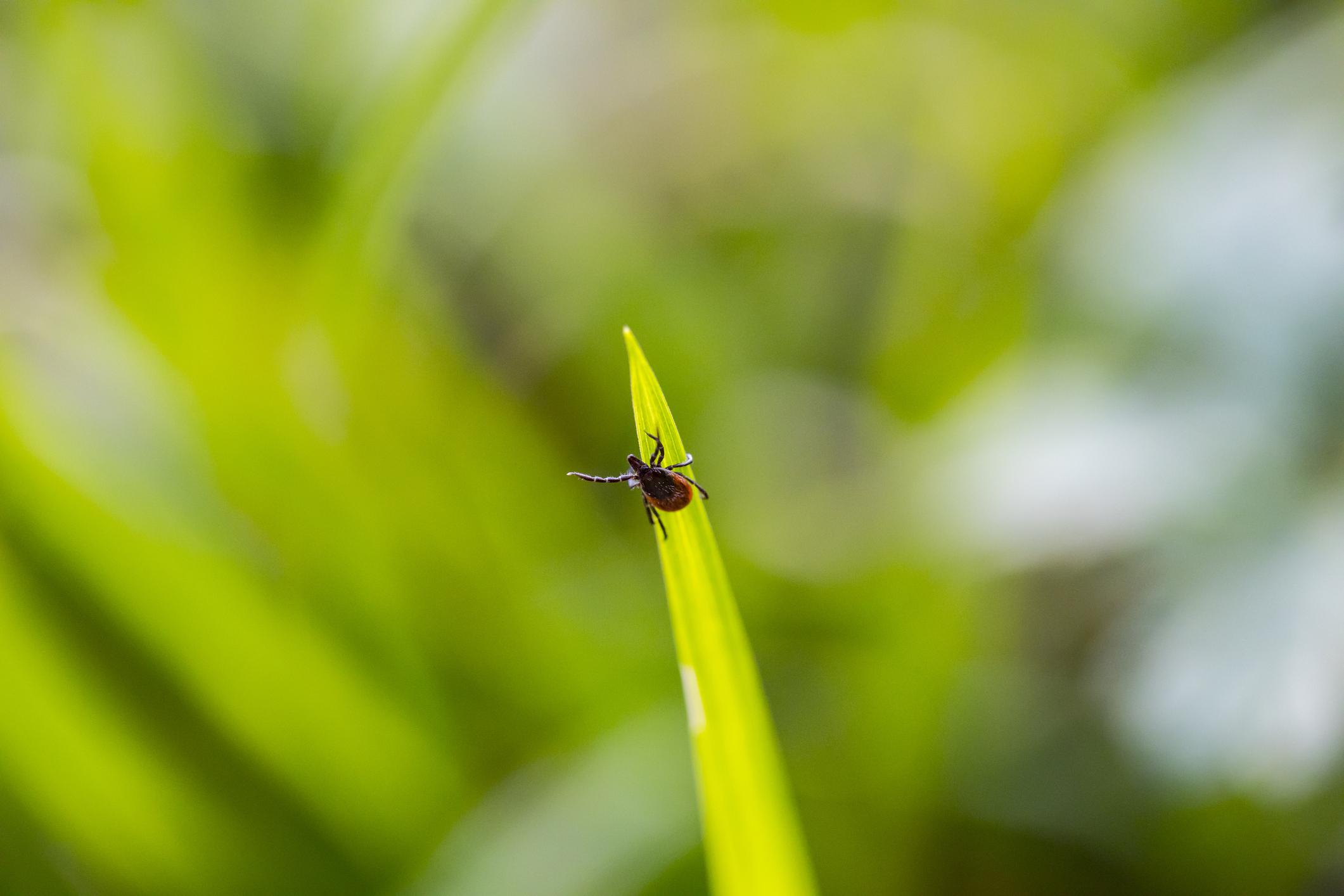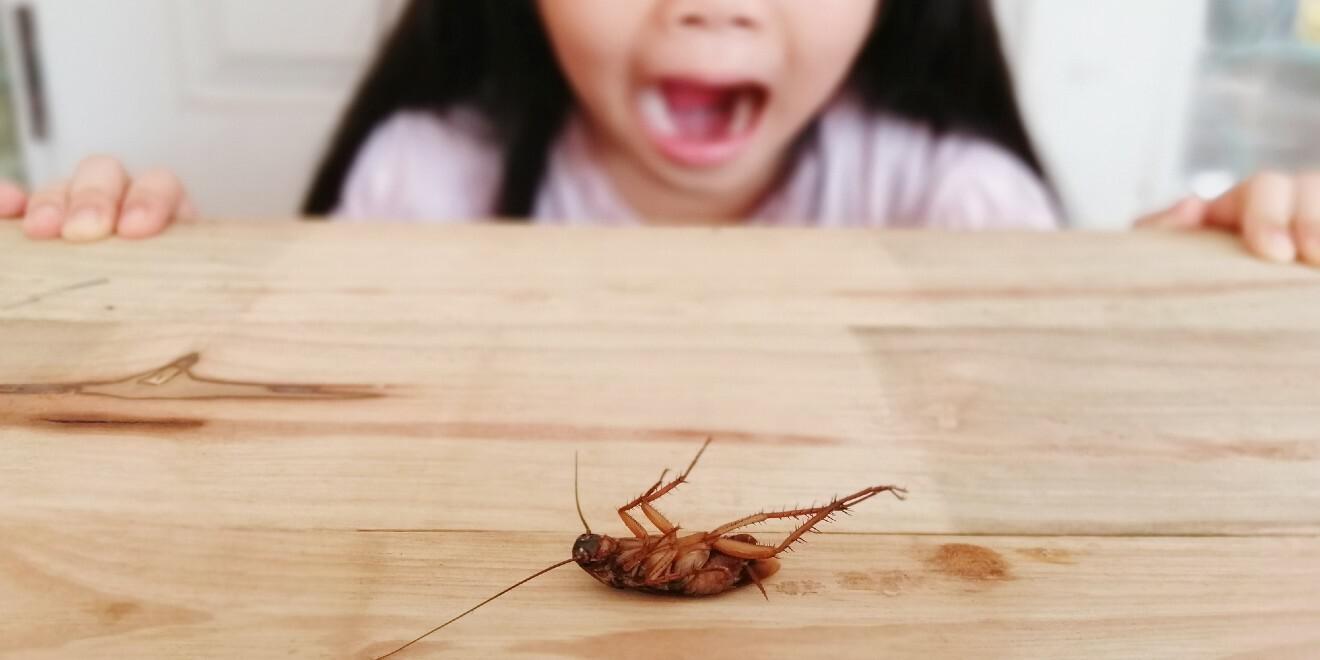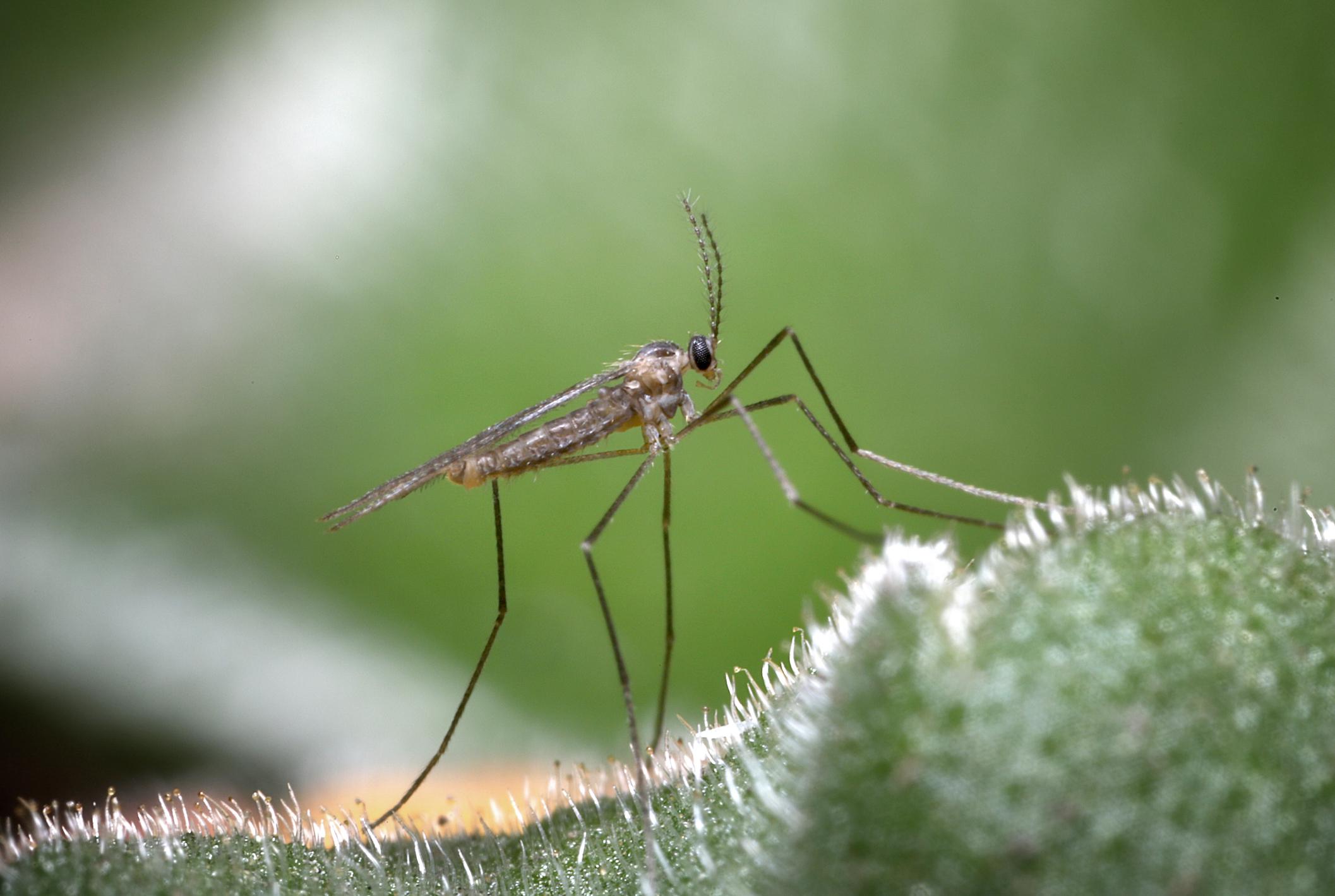Want to torture a tick? Safely remove it first. Here's how.
Posted by Mosquito Squad
June 25, 2018
If you see a tick embedded on yourself, a pet, or a two-legged family member, it’s perfectly normal to get grossed out. But once you get out the “Ewwwww!”-s, it’s time to get down to business and remove that tick safely.
Contrary to what you may have heard or seen online, “home remedies” like smothering a tick in peppermint oil, vaseline, or touching it with a hot match to remove an embedded tick are not effective and not safe.
Why? Because when a tick is stressed out, its natural reaction is to spew out of its mouth, which can increase the chances of infecting you with Lyme disease or another tick-borne disease. Generally it takes at least 24 hours of a tick being attached to transmit any diseases, but an agitated and “ticked off” tick can definitely speed up the process if it throws up inside your skin. Because it’s not possible to tell if a tick is a carrier of any dangerous pathogens or not while attached, it’s imperative to err on the safe side and treat each tick the same while we remove them.
If you fantasize about torturing a tick and want to act out those sadistic fantasies by burning it, plucking out its legs one by one, or whatever it is you’ve got in mind, we can’t stop you but please remove the tick safely first. There’s only one safe way to remove a tick and here’s how:
Step 1
Don’t freak out. Remember that a tick needs to be embedded for at least 24 hours before it transmits any diseases (if it’s a carrier), so it’s probably not necessary to panic. If it’s not embedded in the skin, lift it off with a piece of tape, then fold the tape over itself. Squash it, flush it, or just throw it away.
Step 2
Find some pointy-nosed tweezers, a couple cotton balls, rubbing alcohol, or soap and water. Common, blunt tweezers are not the right tool for the job, as they might actually squeeze germs into the bite site or risk ripping the tick, and that’s both dangerous and gross. (Grosser than this situation already is.)
Step 3
Grab the tick as close to the skin as possible, with the side of the tweezers lying nearly flat on the skin. The idea here is that you’re trying to get a firm grip on the tick’s mouthparts. Doing so will help in preventing the tick from regurgitating any infected secretions into your body. This tactic also has the greatest chance of removing all the parts of the tick’s mouth at once. Once you’ve got a good grip on the tick, pull straight up and away from the skin in a slow, steady motion until the tick comes out. If you notice any remaining mouthparts on the skin after tick extraction, remove them with clean tweezers. But if there are still pieces under the skin, don’t dig with your tweezers. Just let them be; the skin will push it out itself over time.
Step 4
Cleanup time! Wipe the bite site with rubbing alcohol and cotton, or wash with soap and water. Put the tick in a plastic bag or tape it to an index card and write the date on it, and where you think you picked up the tick. We encourage you to save your tick for a while, because if you do come down with any symptoms of illness, you can get it tested, which may make a diagnosis easier. Or, if you really, really want to torture the tick — have at it. Pluck out its legs. Set it on fire. Do whatever you want with it, but we don’t recommend putting it in the microwave or anywhere that might contaminate food. Just know that whatever kind of torture methods you decide to do, it might raise some eyebrows. But we’re not here to judge.
Watch the video below for a quick demonstration (of tick removal, not torture):
The best way to make sure you’re never in a position to need to have to remove a tick in the first place, though, is by avoiding ticks all together. While we can’t protect you from ticks when you’re out in the woods, we can definitely protect you from them in your own yard, where you spend the most time. Mosquito Squad’s tick control guarantees nearly 90% fewer ticks in your yard for three weeks at a time, and eliminates them at every life stage.

